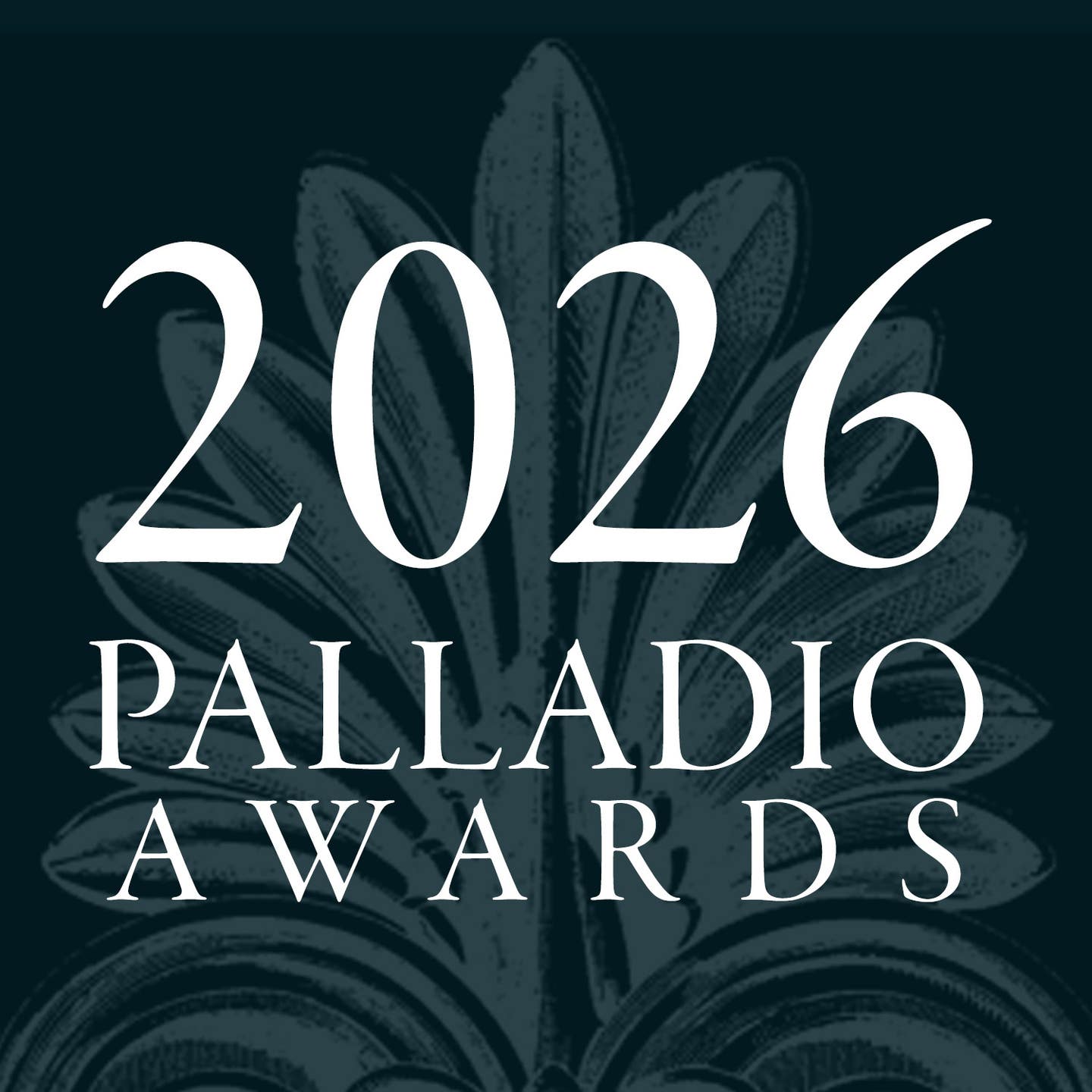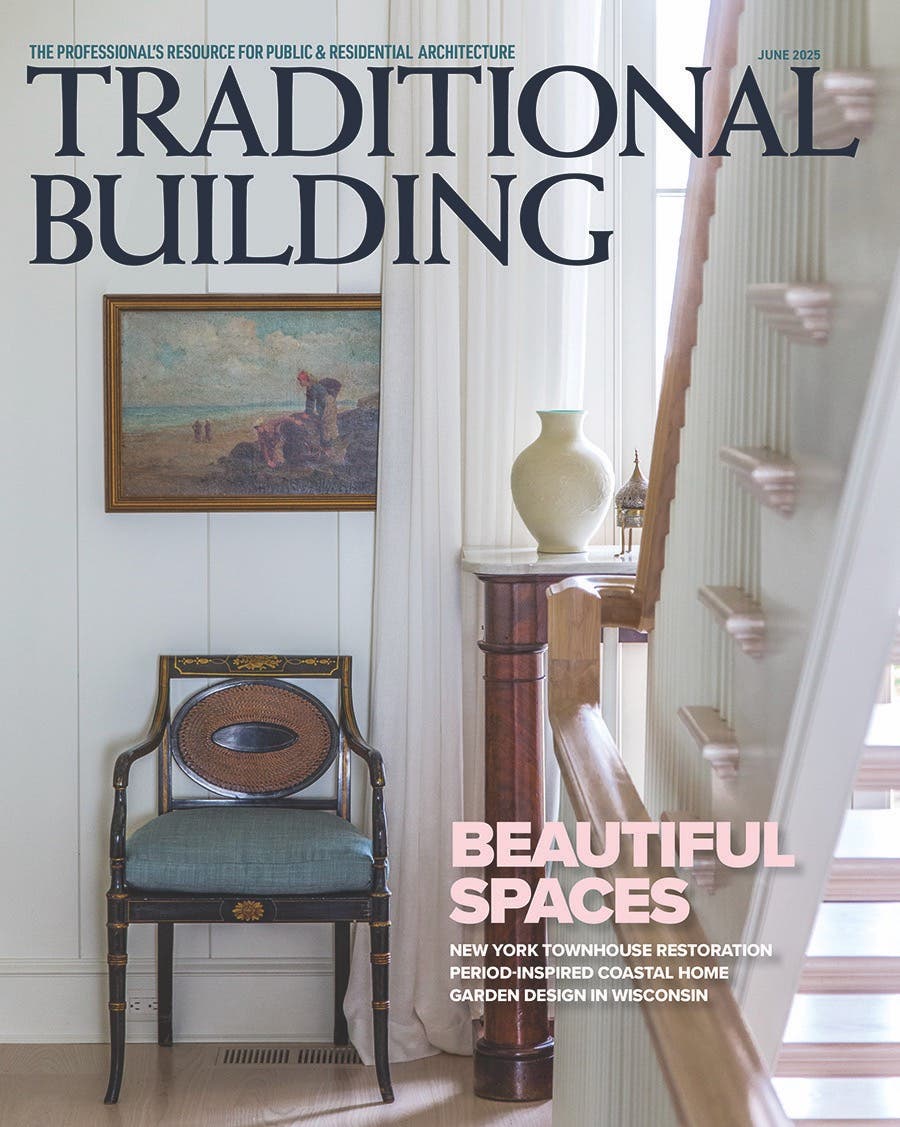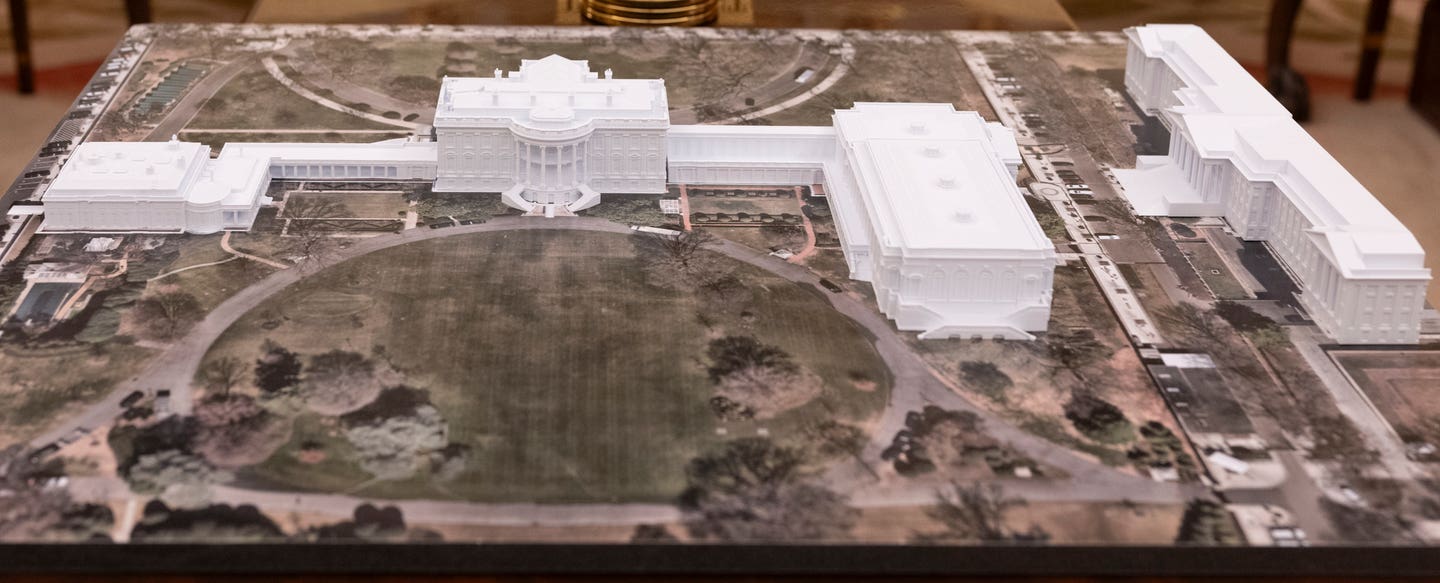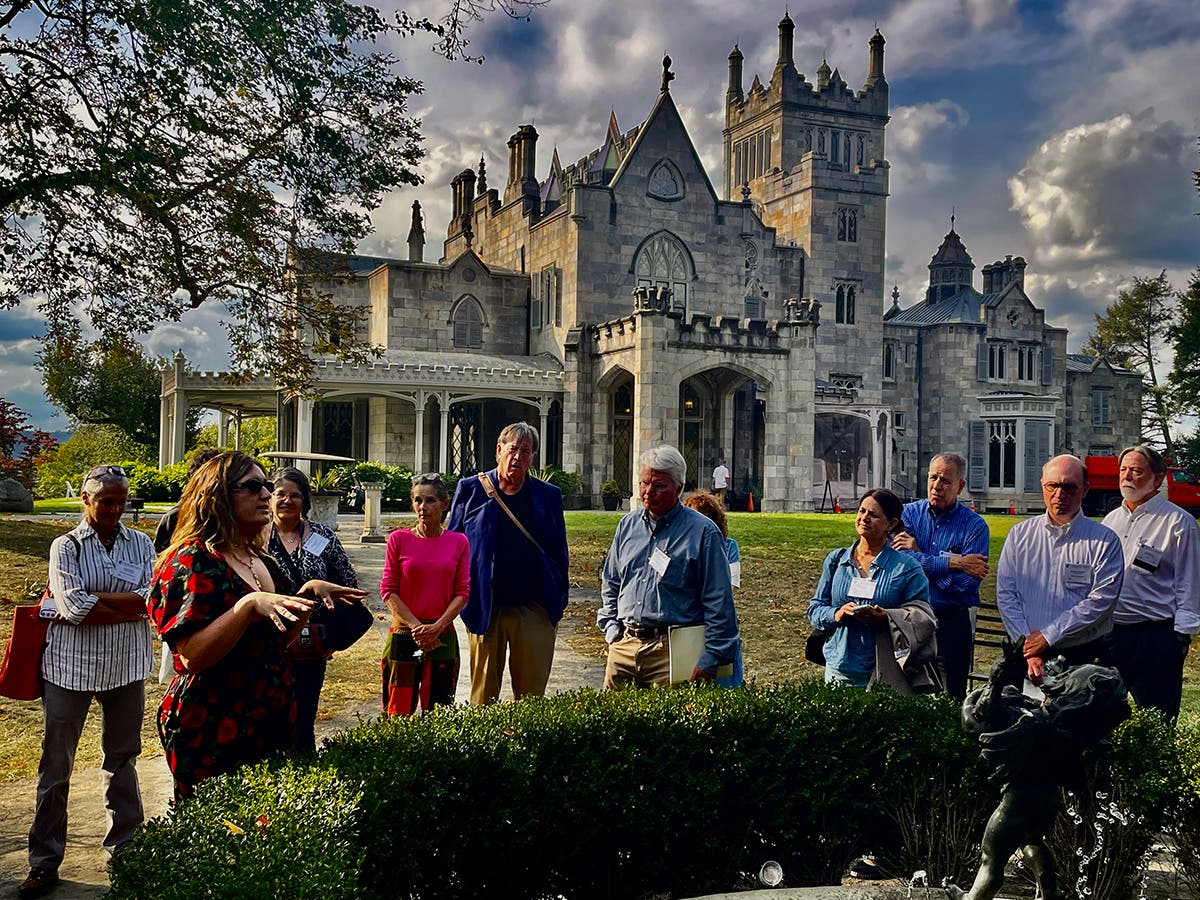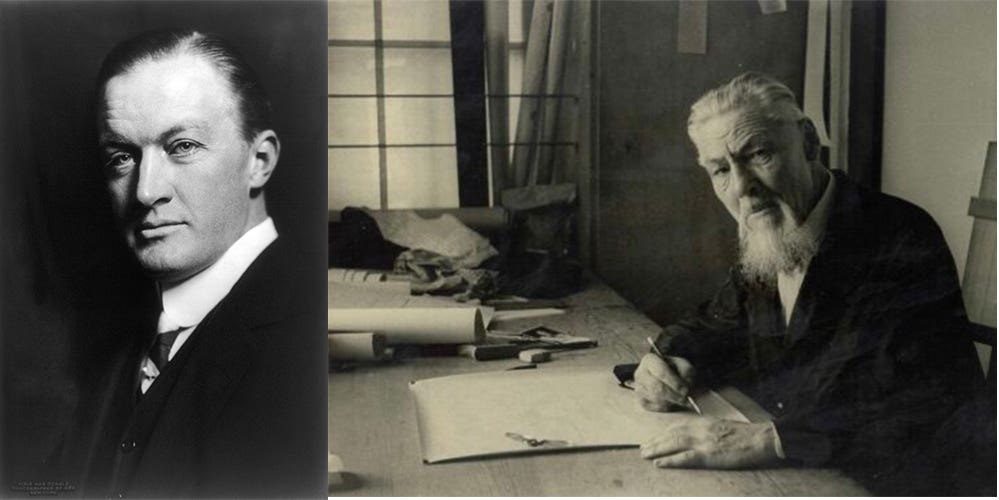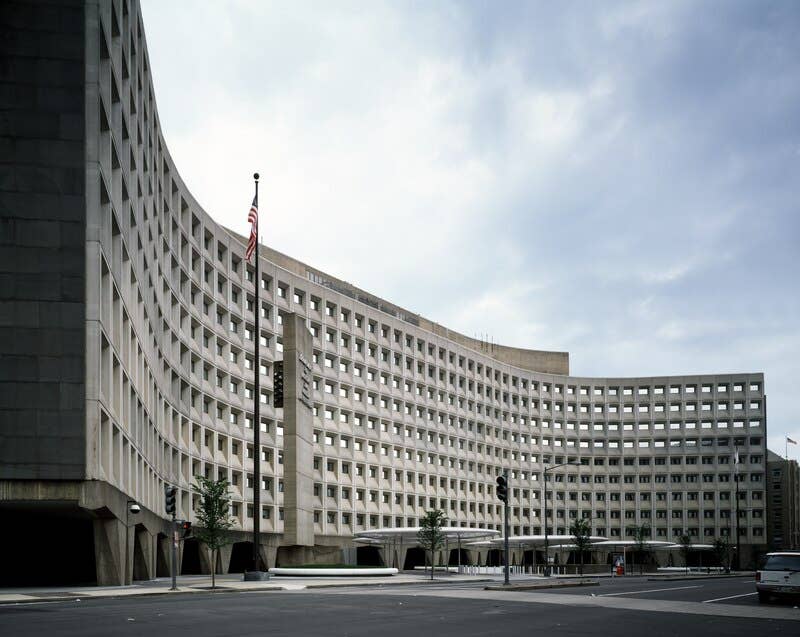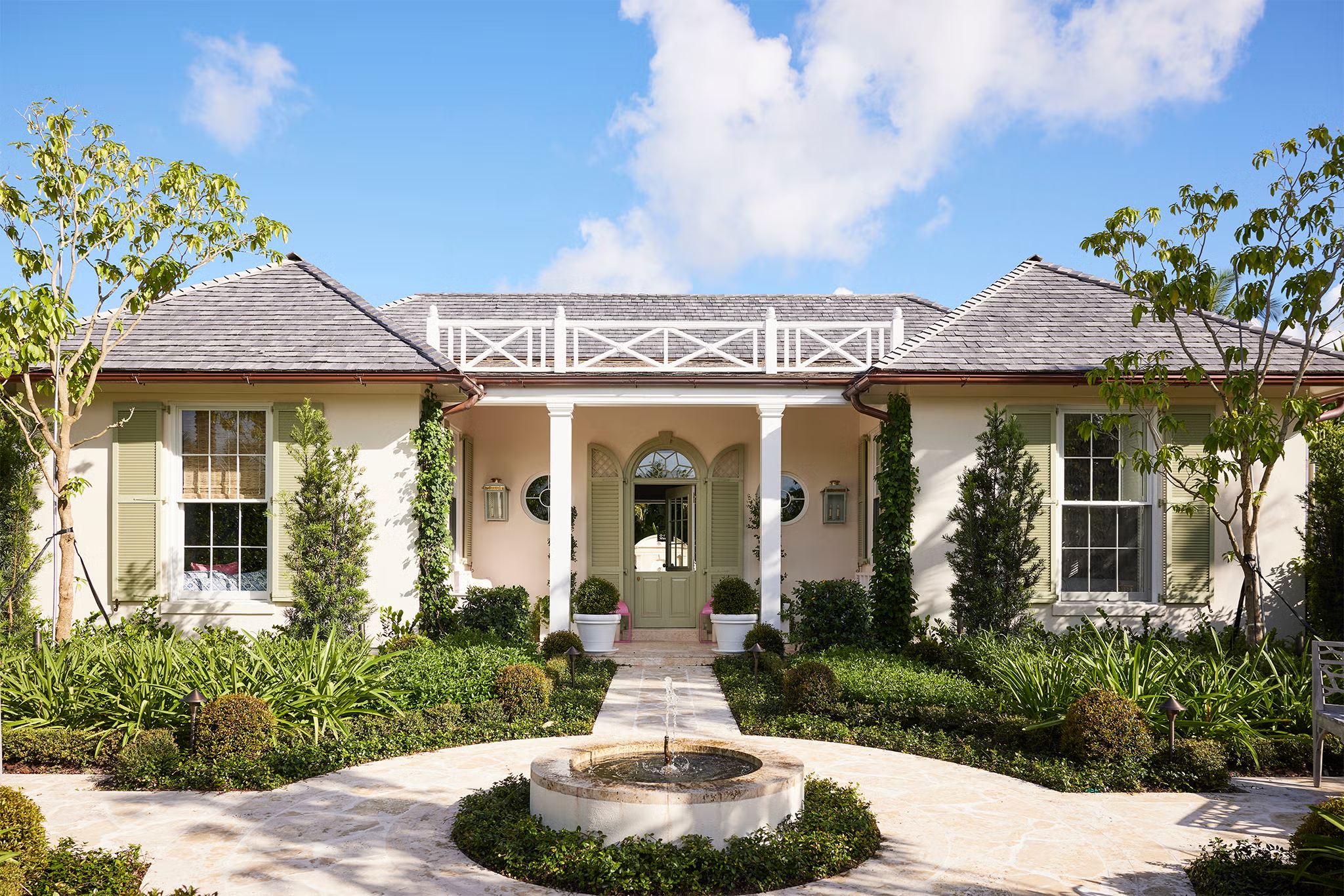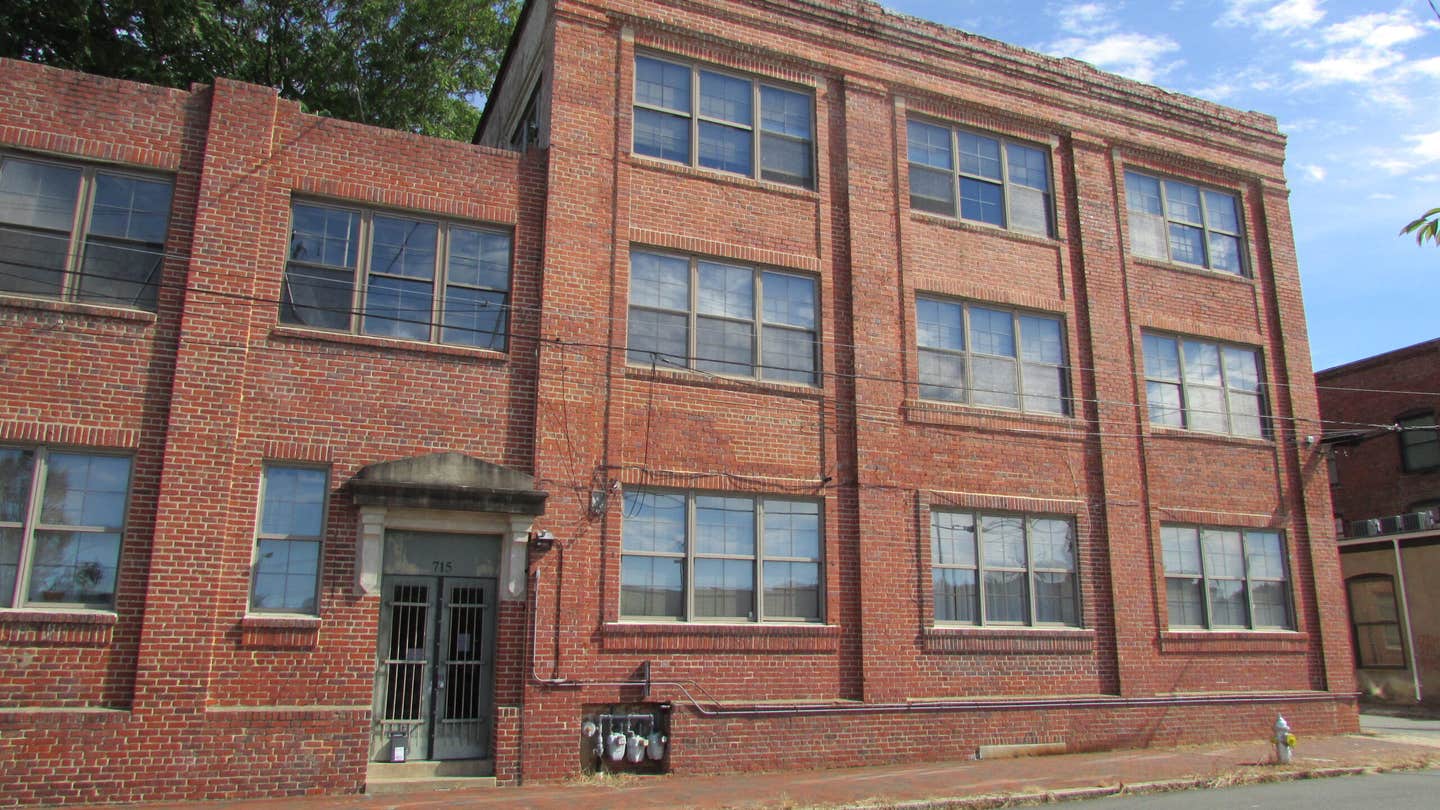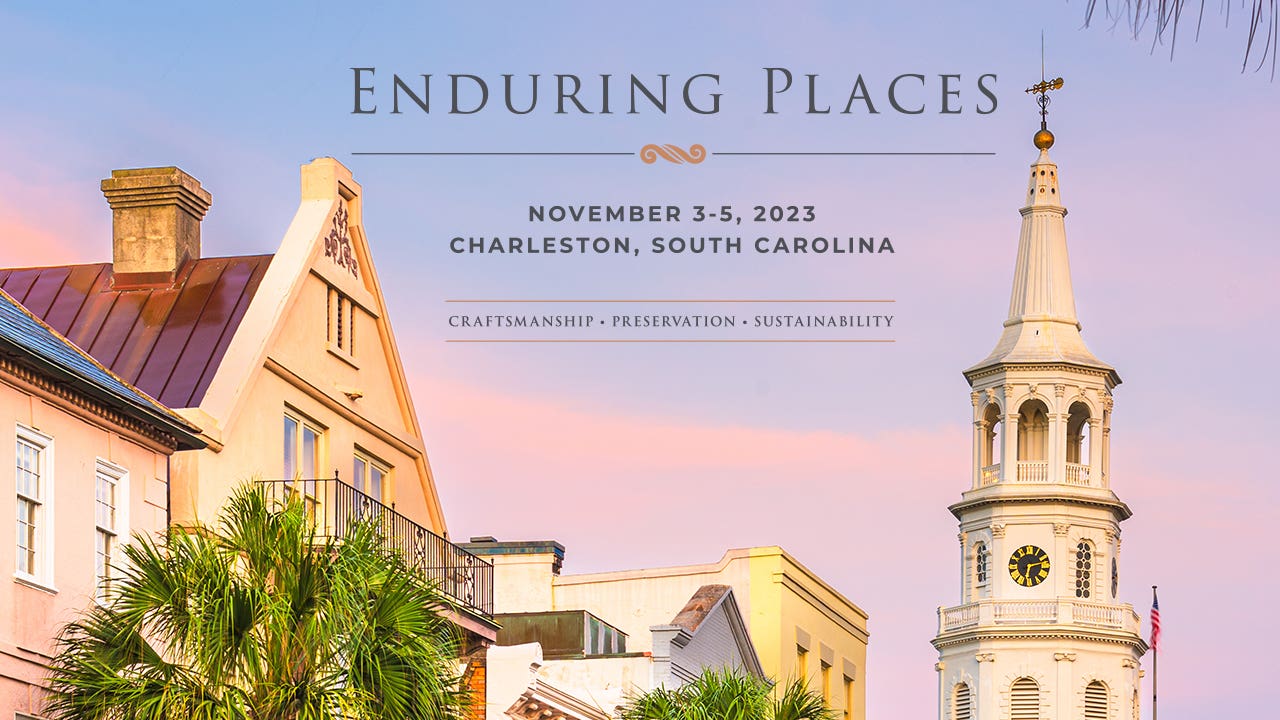
Peter Miller
What I learned at The ICAA Charleston Conference in November 2023
The Institute of Classical Architecture & Art's inaugural conference combined art with architecture, experience with youth and education with networking. Charleston was the perfect place to hold "Enduring Places."
Because I am the volunteer president of ICAA’s Washington, D.C., Mid-Atlantic Chapter, and TRADITIONAL BUILDING editor Nancy Berry is the president of ICAA’s New England Chapter, we got tickets to attend the recently held ICAA “Enduring Places” Conference in Charleston. And with no exaggeration, these tickets were as sought after as a Taylor Swift concert!
The topics presented and discussed at this conference were craftsmanship, preservation, and sustainability. Included in the weekend event was “Works from Emerging Practitioners of the Classical Tradition,” an exhibition of young artists at the historic Aiken-Rhett House.
ICAA is firmly committed to encouraging young artists, and to acknowledging the important connection between architecture, interiors and the allied arts. The ICAA is also committed to embracing and educating the next generation of classicists, be they designers, builders, building artisans, artists or patrons. This was evidenced by the interaction, at the coffee breaks and cocktails, between our industry veterans and the emerging professionals in attendance.
ICAA’s annual publication, the CLASSICIST made its debut in Charleston with 130 glossy four color pages of New England architecture, from Vermont farmhouses to Greek Revival churches, and neoclassicism of all building types in that region.
In addition to classroom seminars, like “Redefining and Measuring Sustainability Through the Lens of Traditional Architecture;” and “Integrating Town-Making and Mixed- Income Housing,” there were architectural tours around Charleston, the “Holy City.”
I was particularly impressed by our tour of the American College of the Building Arts, whose president, provost, faculty, and students we were able to meet and learn from.
The American College of the Building Arts trains young craftspeople in plaster making, stone carving, blacksmithing, preservation carpentry including timber framing; and gilding, offering graduates a Bachelor of Applied Sciences degree and the skills to work in the traditional building market. The school was born after hurricane Hugo destroyed much of the historic fabric of the city. Charleston needed preservation craftspeople to repair the damage. With about 150 students, this school both teaches and celebrates the allied arts that traditional building depends on!
Other tours included Catfiddle Street, Charles Elliott House; John Ravenel House; The Charleston Gaillard Center designed by David M. Schwarz Architects; Courier Square and Line Street designed by Gary Brewer of Robert A. M. Stern Architects.
Author, architect, and emeritus professor at the University of Pennsylvania Witold Rybczynski gave a charming presentation, based on his book, Charleston Fancy: Little Houses and Big Dreams. Here he showed us photos of neo-classical, “miniature” houses under 1,000 square feet, Palladian inspired with richly appointed interiors. Likewise, another small house advocate, Steve Mouzon was part of a distinguished panel of speakers who discussed small, smart energy efficient, classically designed houses such as the famed Katrina Cottages of New Orleans.
There is no better place than Charleston to learn from and appreciate traditional buildings. This 18th-century city provided a perfect setting for the Institute of Classical Architecture & Art’s event, “Enduring Places.”
Peter H. Miller, Hon. AIA, is the publisher and President of TRADITIONAL BUILDING, PERIOD HOMES and the Traditional Building Conference Series, and podcast host for Building Tradition, Active Interest Media's business to business media platform. AIM also publishes OLD HOUSE JOURNAL; NEW OLD HOUSE; FINE HOMEBUILDING; ARTS and CRAFTS HOMES; TIMBER HOME LIVING; ARTISAN HOMES; FINE GARDENING and HORTICULTURE. The Home Group integrated media portfolio serves over 50 million architects, builders, craftspeople, interior designers, building owners, homeowners and home buyers.
Pete lives in a classic Sears house, a Craftsman-style Four Square built in 1924, which he has lovingly restored over a period of 30 years. Resting on a bluff near the Potomac River in Washington, D.C., just four miles from the White House, Pete’s home is part of the Palisades neighborhood, which used to be a summer retreat for the District’s over-heated denizens.
Before joining Active Interest Media (AIM), Pete co-founded Restore Media in 2000 which was sold to AIM in 2012. Before this, Pete spent 17 years at trade publishing giant Hanley Wood, where he helped launch the Remodeling Show, the first trade conference and exhibition aimed at the business needs and interests of professional remodeling contractors. He was also publisher of Hanley Wood’s Remodeling, Custom Home, and Kitchen and Bath Showroom magazines and was the creator of Remodeling’s Big 50 Conference (now called the Leadership Conference).
Pete participates actively with the American Institute of Architects’ Historic Resources Committee and also serves as President of the Washington Mid Atlantic Chapter of the Institute of Classical Architecture & Art. He is a long-time member of the National Trust for Historic Preservation and an enthusiastic advocate for urbanism, the revitalization of historic neighborhoods and the benefits of sustainability, including the adaptive reuse of historic buildings.

